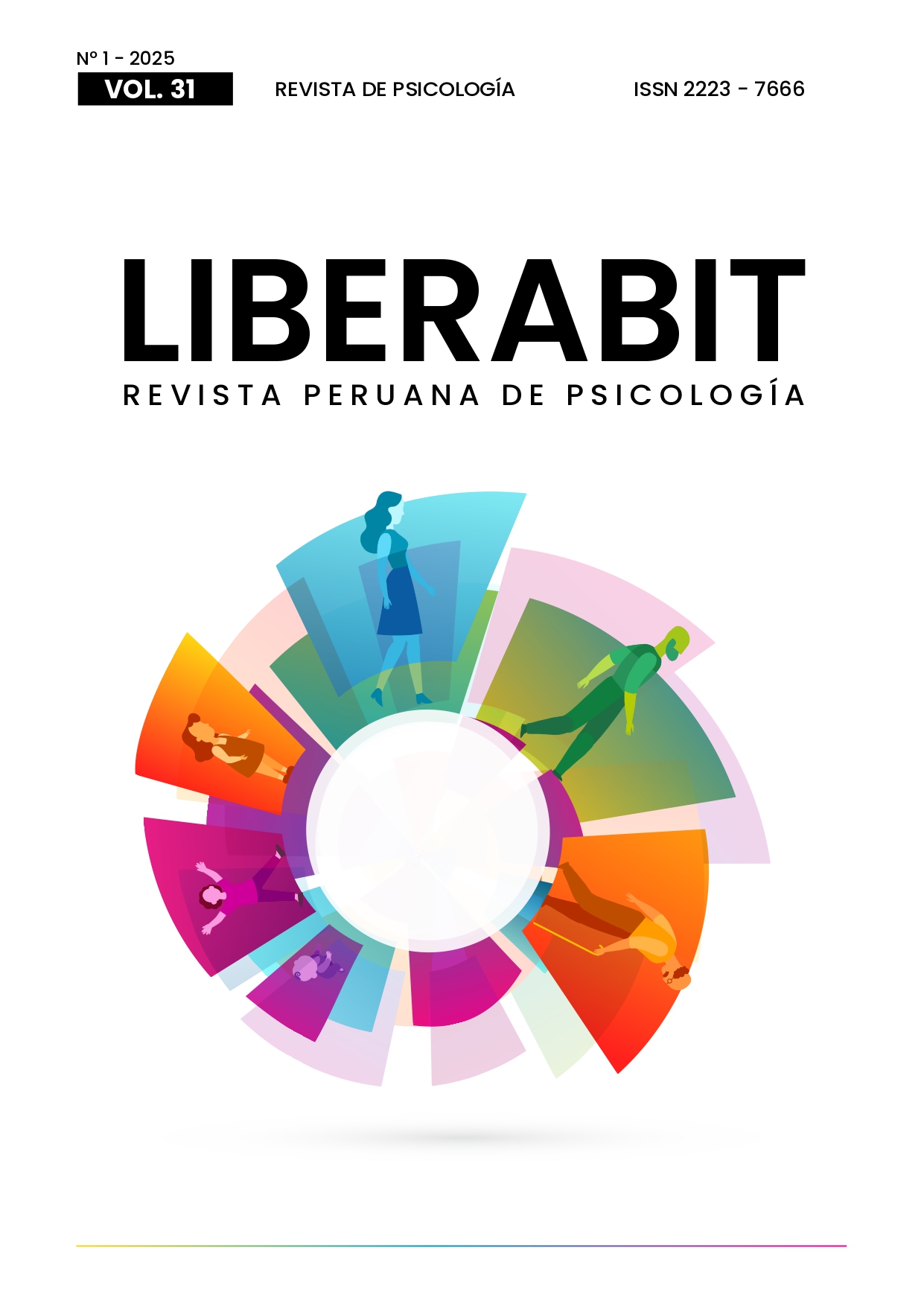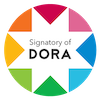Models of Attention to Disability/Diversity and Tensions Associated with Their Implementation
DOI:
https://doi.org/10.24265/Keywords:
inclusive education, educational models, disability, diversity, inclusionAbstract
Background: Inclusive education seeks to offer quality education to all students and also to respect the human rights of students with disabilities, as well as those who belong to vulnerable groups. Since inclusive education is located within the social model, which imposes demands that are very difficult to meet, it is worth reflecting on its possibilities of rigorous implementation in countries that do not have sufficient resources. State of the art: In this theoretical review article, in which the method of comparison of educational processes was used, the models of attention to disability/diversity are analyzed, emphasizing the interactive or psychosocial model, frequently ignored by some researchers, even though the processes of educational integration are based on it. In its most radical form, the social model requires focusing attention on disabling societies, thus running the risk of making the individual needs of some students invisible. Conclusions: To overcome the tensions caused by its implementation, the individual needs of some students must be addressed, and, at the same time, the maximum effort must be made to offer quality education to all students. In other words, inclusive education must be implemented in a progressive and situated manner, based on the proposal of moderate inclusive education.
Downloads
References
Ainscow, M., & Miles, S. (2008). Lograr una educación inclusiva para todos: ¿cuál es el siguiente paso? Perspectivas, 38(1), 15-34.
Amiama-Espaillat, C. (2020). Desafíos de la Educación Especial en el desarrollo de escuelas inclusivas. Ciencia y Educación, 4(3), 133-143. https://doi.org/10.22206/cyed.2020.v4i3.pp133-143
Anastasiou, D., & Kauffman, J. M. (2013). El modelo social de la discapacidad: dicotomía entre deficiencia y discapacidad. Revista de Medicina y Filosofía, 38(4), 441-459. https://www.researchgate.net/publication/249647375_The_Social_Model_of_Disability_Dichotomy_between_Impairment_and_Disability
Andrić, V., & Wündisch, J. (2015). Is it Bad to be Disabled? Adjudicating between the Mere-Difference and the Bad-Difference Views of Disability. Journal of Ethics & Social Philosophy, 9(3), 1-16. https://www.jesp.org/PDF/Is%20It%20Bad%20to%20Be%20Disabled_final.pdf
Araneda, N., & Parra, J. (2020). El profesor frente a la inclusión en contexto virtual. Retos y contradicciones educativas en una pedagogía por, para y con el estudiante. En N. Areneda, & J. Parra (eds.), Educación e inclusión en pandemia (pp. 15-29). Nueva Miranda Ediciones.
Azorín, C. M., Arnaiz-Sánchez, P., & Maquilón-Sánchez, J. J. (2017). Revisión de instrumentos sobre atención a la diversidad para una educación inclusiva de calidad. Revista Mexicana de Investigación Educativa, 22(75), 1021-1045. https://www.redalyc.org/articulo.oa?id=14054387002
Booth, T., & Ainscow, M. (2000). Índice de inclusión. Desarrollando el aprendizaje y la participación en las escuelas. Centre for Studies on Inclusive Education. https://unesdoc.unesco.org/ark:/48223/pf0000138159
Calderón-Almendros, I., & Echeita-Sarrionandia, G. (2022). Inclusive Education as a Human Right [Educación inclusiva como un derecho humano]. Oxford Research Encyclopedia of Education.
Cigman, R. (2007). Una cuestión de universalidad: la educación inclusiva y el principio de respeto. Revista de Filosofía de la Educación, 41(4), 775-793. https://doi.org/10.1111/j.1467-9752.2007.00577.x
Clavijo, R. G., & Bautista-Cerro M. J. (2020). La educación inclusiva. Análisis y reflexiones en la educación superior ecuatoriana. Revista Alteridades, 15(1), 113-124. https://doi.org/10.17163/alt.v15n1.2020.09
Comisión Nacional para la Mejora Continua de la Educación. (2022a). Prácticas inclusivas en las aulas de los Centros de Atención Múltiple. https://www.mejoredu.gob.mx/images/programa-formacion-docente/docenteseb/intervencion-inclusivas-docentes-servicio-eb.pdf
Comisión Nacional para la Mejora Continua de la Educación. (2022b). La USAER en voz de sus docentes. Evaluación diagnóstica del proceso de atención en escuelas primarias. https://www.mejoredu.gob.mx/publicaciones/informe-de-resultados/la-usaer-en-voz-de-sus-docentes
Dyson, A. (2001). The Gulliford Lecture: Special Needs in the Twenty-First Century: Where we’ve Been and Where we’re Going. Revista Británica de Educación Especial, 28 (1), 24-29. https://doi.org/10.1111/1467-8527.t01-1-00200
Dyson, A. (2010). Cambios en la perspectiva de la educación especial desde un enfoque inglés. Revista Educación Inclusiva, 3(1), 69-84. https://revistaeducacioninclusiva.es/index.php/REI/article/view/213
Ferrante, C. (2019). En memoria de Mike Oliver: un legado sociológico vivo para los estudios críticos latinoamericanos en discapacidad. Boletín Científico Sapiens Research, 9(2), 80-90. https://www.srg.com.co/bcsr/index.php/bcsr/article/view/354/277
Finsterbusch, C. (2016). La extensión de los ajustes razonables en el derecho de las personas en situación de discapacidad de acuerdo al enfoque social de derechos humanos. Revista Ius et Praxis, 22(2), 227-252. https://www.scielo.cl/pdf/iusetp/v22n2/art08.pdf
García-Cedillo, I. (2018). La educación inclusiva en la Reforma Educativa de México. Revista Nacional e Internacional de Educación Inclusiva, 11(2), 49-62. https://revistaeducacioninclusiva.es/index.php/REI/article/view/373/359
García-Cedillo, I., & Romero-Contreras, S. (2016). Avances de la integración educativa/educación inclusiva y la formación docente para la inclusión en México. Centro de Estudios Jurídicos y Sociales-UASLP.
García-Cedillo, I., Romero-Contreras, S., Ramos-Estrada, D. Y., & Rubio-Rodríguez, S. (2023). Identificación del rendimiento académico de alumnos con necesidades educativas especiales de escuelas regulares consideradas exitosas. Revista de Estudios y Experiencias en Educación, 22(48), 48-64. https://www.redalyc.org/journal/2431/243175076004/html/
Hornby, G. (2014). Educación especial inclusiva. Prácticas basadas en evidencia para niños con necesidades especiales y discapacidades. Springer. https://doi.org/10.1007/978-1-4939-1483-8
Lewis, A., & Norwich, B. (2005). Special Teaching for Special Children? [¿Enseñanza especial para niños especiales?]. Open University Press.
Organización de las Naciones Unidas. (2006). Convención sobre los derechos de las personas con discapacidad. https://www.un.org/esa/socdev/enable/documents/tccconvs.pdf
Organización Panamericana de la Salud. (1995). Clasificación estadística internacional de enfermedades y problemas relacionados con la salud (10.a revisión, Volumen 2). https://ais.paho.org/classifications/chapters/pdf/volume2.pdf
Palacios, A. (2008). El modelo social de la discapacidad: orígenes, caracterización, y plasmación en la Convención Internacional sobre Derechos de las Personas con Discapacidad. Ediciones Sinca. https://www.uv.mx/cendhiu/files/2021/11/Elmodelosocialdediscapacidad.pdf
Pérez, J. (2022). Dilemas de la inclusión y la discapacidad en la educación superior. Perfiles Educativos, 44(175), 132-149. https://doi.org/10.22201/iisue.24486167e.2022.175.60179
Petasis, A. (2019). Discrepancias entre los modelos médicos, sociales y biopsicosociales de la discapacidad; un marco teórico completo. Revista Internacional de Gestión Empresarial y Tecnología, 3(4), 42-54. https://www.theijbmt.com/archive/0928/1686534688.pdf
Pinillos, Y., & Naranjo, M. M. (2018). Modelos conceptuales que explican la discapacidad: de la teoría a la comprensión del funcionamiento. En Y. Pinillos, Y. Herazo-Beltrán, J. A. Vidarte, E. M. Crissién, D, Suárez, F. García, N. Núñez, P. Sanmartín, M. M. Naranjo, C. Vélez, & J. H. Vanegas (eds.), Caracterización de la discapacidad en el distrito de Barranquilla. Una mirada conceptual y experiencial (pp. 53-74). https://bonga.unisimon.edu.co/server/api/core/bitstreams/cd5c59c7-e0ea-4f3f-8e4c-5c95b999c887/content
Romero-Contreras, S., & García-Cedillo, I. (2023). Educación inclusiva en México: trayectoria y perspectivas. En N. P. Alvarado, & M. T. Quezada (eds.), Infancia y discapacidad. Posturas críticas contemporáneas. COLSAN.
Romero-Contreras, S., García-Cedillo, I., & Fletcher, T. (2017). The Advancement of Inclusive Education for Students with Disabilities: An International Perspective. En M. Tejero, & E. Talbott (eds.), The Wiley Handbook of Diversity in Special Education. Wiley Blackwell
Ruiz, G. (2010). La comparación en la investigación educativa. En M. A. Navarro (coord.). Educación Comparada: perspectivas y casos. Sociedad Mexicana de Educación Comparada.
Slee, R. (2012). La escuela extraordinaria. Exclusión, escolarización y educación inclusiva. Ediciones Morata.
Torres, J. (2021). Las prácticas docentes inclusivas: un camino sobre sus incidencias. Revista Castalia, 36, 109-127. http://revistas.academia.cl/index.php/castalia/article/view/1922/2171
UNESCO. (2020). Inclusión y educación. All means all. Informe GEM. https://gem-report-2020.unesco.org/es/inicio/
Victoria, J. A. (2013). El modelo social de la discapacidad: una cuestión de derechos humanos. Boletín Mexicano de Derecho Comparado, 138, 1093-1109. https://www.scielo.org.mx/pdf/bmdc/v46n138/v46n138a8.pdf
Downloads
Published
Issue
Section
License
Copyright (c) 2025 Ismael García-Cedillo, Silvia Romero-Contreras

This work is licensed under a Creative Commons Attribution 4.0 International License.
Copyright: In the event that the manuscript is approved for future publication, the authors retain the copyright and assign to the journal the rights to publish, edit, reproduce, distribute, exhibit, and communicate nationally and internationally in the various databases, repositories and portals.
Self-archiving policy: The author can share, disseminate, and publicize his research published by the media (e.g., academic social networks, repositories, and portals) available on the web. During the editorial review process, the journal will provide the author with the previous versions (post-print) which should NOT be disclosed by any media, only for personal use and for final approval. Liberabit will send the author the final version of the article (published version) in PDF and HTML to be shared, disseminated and disclosed by the media available on the web. After the publication of the articles, the authors can make other independent or additional agreements for the non-exclusive dissemination of the version of the article published in this journal (publication in books or institutional repositories), provided that it is indicated with the respective reference that the work has been published for the first time in this journal.











